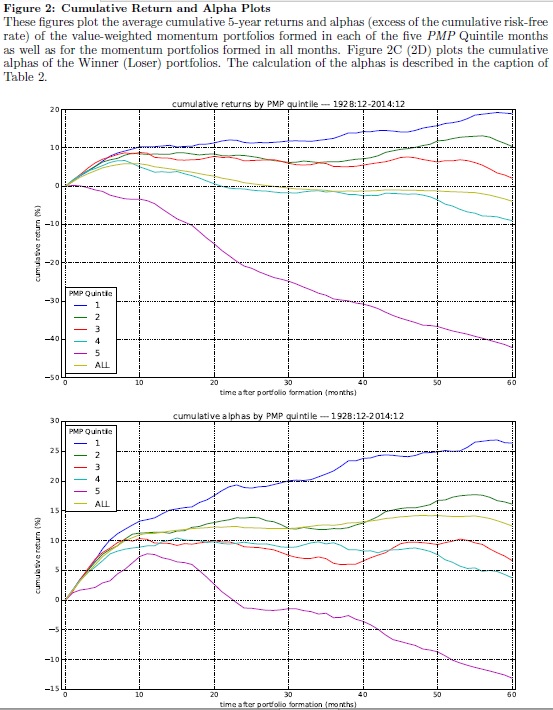Factors vs. Sectors in Asset Allocation
What is better – factor of sector investing? A recent paper takes a look on this question a offers an advice. Analysis is related to multiple smart beta strategies:
Authors: Briere, Szafarz
Title: Factors vs. Sectors in Asset Allocation: Stronger Together?
Link: https://papers.ssrn.com/sol3/papers.cfm?abstract_id=2965346
Abstract:
This paper compares and contrasts factor investing and sector investing, and then seeks a compromise by optimally exploiting the advantages of both styles. Our results show that sector investing is effective for reducing risk through diversification while factor investing is better for capturing risk premia and so pushing up returns. This suggests that there is room for potentially fruitful combinations of the two styles. Presumably, by combining factors and sectors, investors would benefit both from the diversification potential of the former and the risk premia of the latter. The tests reveal that composite strategies are particularly attractive; they confirm that sector investing helps reduce risks during crisis periods, while factor investing can boost returns during quiet times.
Notable quotations from the academic research paper:
"Factor investing has recently become a huge success in asset allocation. But its supposed superiority over other portfolio management techniques has yet to be proven. To fill that gap, we lay down a challenge to factor investing by organizing a contest pitting it against a well established competitor, the classical industry-based approach to asset allocation. We compare the financial performances of factor-based and industry-based asset allocations in the investment universe composed of U.S. equities. We contrast the mean-variance performance of diversified portfolios made up of sectors with diversified portfolios composed of the five factors developed by Fama and French. We
duplicate all the trials for long-only portfolios (no short sales) and long-short ones (unlimited short sales accepted).
Our contest reveals no overall winner. In fact, we find circumstantial evidence of superiority for each style. The alphas of factors with respect to the market inflate expected returns, while sectors reduce risks through high diversification potential. Factor investing tends to dominate when short sales are permitted. By contrast, when short-selling is excluded, industry based allocation is preferable, especially for highly risk-averse investors. These balanced results lead us to conjecture that factors and sectors could be complementary investing styles, and that combining them should help enhance financial performance, at least under some configurations regarding short-selling and/or risk aversion.
Our empirical investigation suggests that composite portfolios made up of sectors and factors are particularly attractive under two types of circumstances:
First, during crisis periods, a mixture of sectors and factors largely dominates whichever style is the best standalone performer.
Second, moderately risk-averse investors will find it best to combine sector and factor investments."
Are you looking for more strategies to read about? Check http://quantpedia.com/Screener
Do you want to see performance of trading systems we described? Check http://quantpedia.com/Chart/Performance
Do you want to know more about us? Check http://quantpedia.com/Home/About

 "
"
